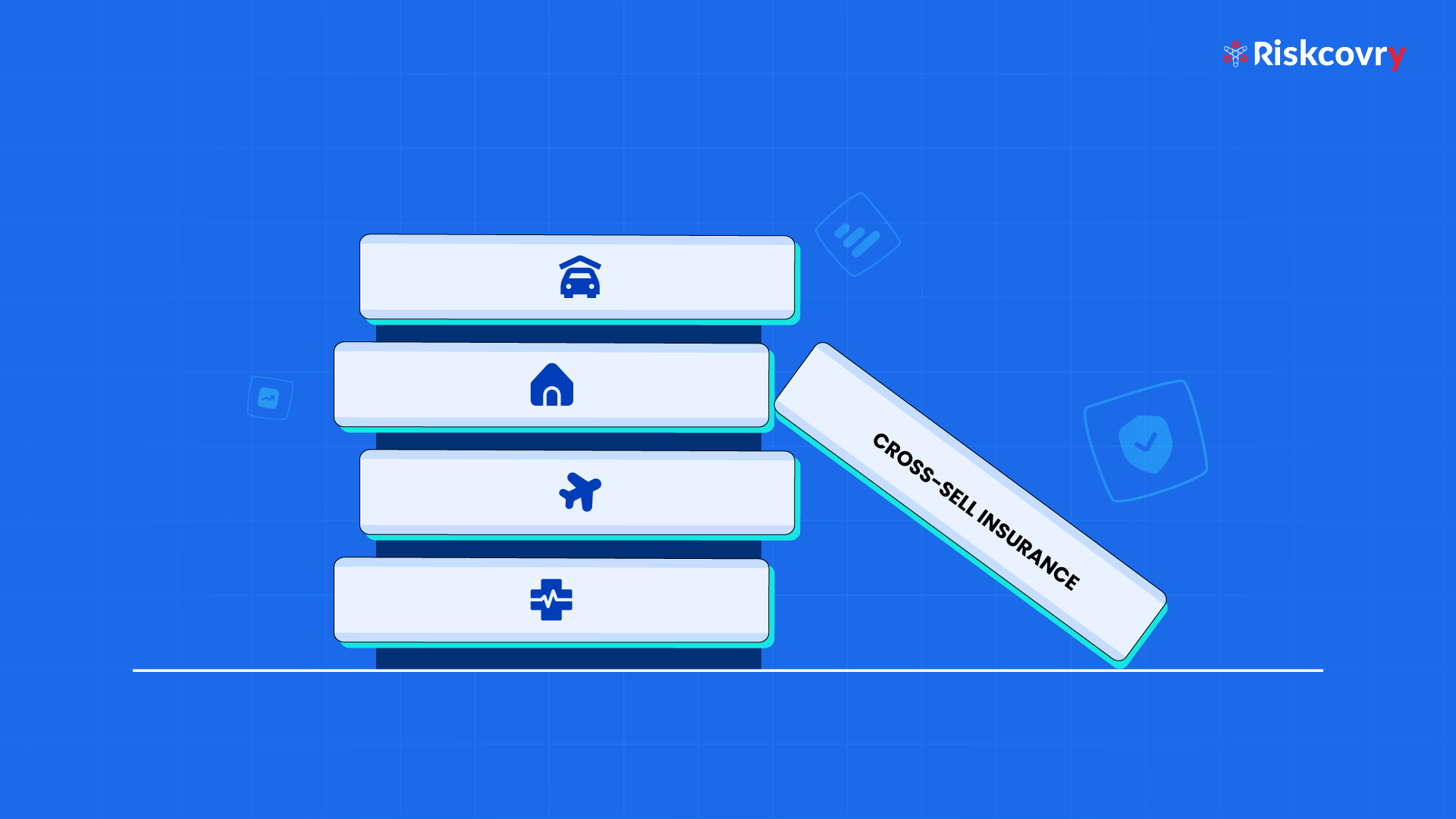Technology and Innovation are the prime fundamentals of all industries in this digital-first age. Even an orthodox sector such as insurance is no exception to this. Today’s customers are no longer willing to tread along with the traditional insurance products and distribution methods, giving way to the innovation of InsurTech.
Insurtech is a combination of Insurance & Technology – using technological solutions to optimise the insurance value chain and improve customer experience efficiently. Owing to these high-tech advancements, insurance businesses can now deliver improved and traditional products with greater speed and efficiency.
Due to the complicated and capital-intensive nature of the industry, augmenting innovation in the insurance sector proved to be laborious. The FinTech boom in India paved the way for insurtech to evolve better than any other new-age inventions in the recent past.
The need for insurtech
Since insurance privatisation in India, the insurance industry has shown continued growth. However, low insurance penetration and density rates were and still are issues that need solving in the industry. Large sections of the Indian population remained uninsured, especially with minimal to no insurer participation in the rural population.
This state is because the traditional insurance business model is riddled with inefficiencies in almost all verticals of the value chain, such as product management, sales & distribution, underwriting, claim processing, payment, and post-sale customer service.
The concept of an online insurance marketplace did not reach India until 2008. With end-users gaining the power to compare multiple insurance products came improved insurance literacy. This change impacted insurance distribution in India like no other until its time. The offline insurance distribution process is filled with hurdles that can be solved by omnichannel distribution, insurance customisation, seamless data processing, etc.
Driving force of Indian insurtech growth
Innovation in the insurance sector began with the rise of insurtech startups in India and the new-age thinking they brought them into the sector. One of the prime reasons for inefficiencies in the insurtech industry is the age-old technology legacy insurers use and their reluctance to make changes to this state. The lack of tech adaptation has rendered it difficult for legacy insurers to ease policy terms and payment processes. This lucid gap in the value chain is where the insurtech industry has found its opportunity.
Some of the key driving factors of the Indian insurtech industry are:
- Advanced technology
Since insurtech is a tech-first industry, recent advances in technology such as artificial intelligence, machine learning, cloud computing, and biometrics play a vital role in its growth.
- Utilising the internet penetration
The high internet and mobile usage rate throughout the country have further helped boost knowledge sharing and innovation in the insurance sector to the masses.
- Demographics
Over 65% of India’s current population is under 35 years of age. Understandably, this young generation is fairly tech-savvy and desires technical advancements in all verticals of their life.
Recent insurtech trends
The insurtech market has been experimenting with various new technological innovations since its inception. While most of these innovations have helped improve the insurance value chain, some of them have evolved into potential game changers in the industry.
- Sachet insurance
Comprehensive insurances are often a big-budget option for many with low disposable income. Sachet insurances are bite-sized insurance plans covering a specific ailment for a shorter period and at a lower premium. From disease-centric insurances such as COVID-19, dengue, and malaria, to need-based such as theft, trip cancellation, shoe, and jewellery insurance, acquiring sachet insurance is all the more cost-effective.
- Micro-insurance
IRDAI introduced micro-insurance as a special category of insurance policies designed for economically vulnerable sections of society. These tailor-made insurance plans cover irrigation systems, animal carts, livestock welfare, failed wells etc.
- The emergence of embedded insurance
Many insurers are partnering with insurtechs to sell insurance as an add-on during product purchase, not as a stand-alone product. This change in the distribution style has led to insurance successfully reaching uninitiated end-users.
- Insurance digitisation
Insurtech employing technology to create a seamless customer onboarding, payment, and claim process has led to tremendous growth in insurance penetration among the tech-savvy population.
The road ahead
The fusion of insurance & technology is one with enormous growth potential. Insurance customers are no longer willing to return to the archaic methods of the bygone era after experiencing what embracing technology can bring into the industry. Some of the factors that would affect the future of insurtech include:
- Regulatory initiatives
The IRDAI has initiated multiple regulatory initiatives and relaxations, such as IRDAI Regulatory Sandbox and Use & File insurance products, to help insurers launch products faster and further insurance penetration in India.
- Partnership with traditional insurers
Many traditional insurers realise that partnering with new-age, tech-first insurtech organisations rather than competing will benefit their advancement. Many orthodox insurers are partnering with insurtechs to leverage their technological capabilities to improve insurance purchase journey, claim settlement, underwriting, and overall customer experience.
Given the Indian market size, for insurtechs to grow successfully in the Indian market, it is imperative that they drive cost-effective, customised products. Insurtech firms achieving this will meet the customer demand and be the frontrunners in redefining the Indian insurance distribution sector.









